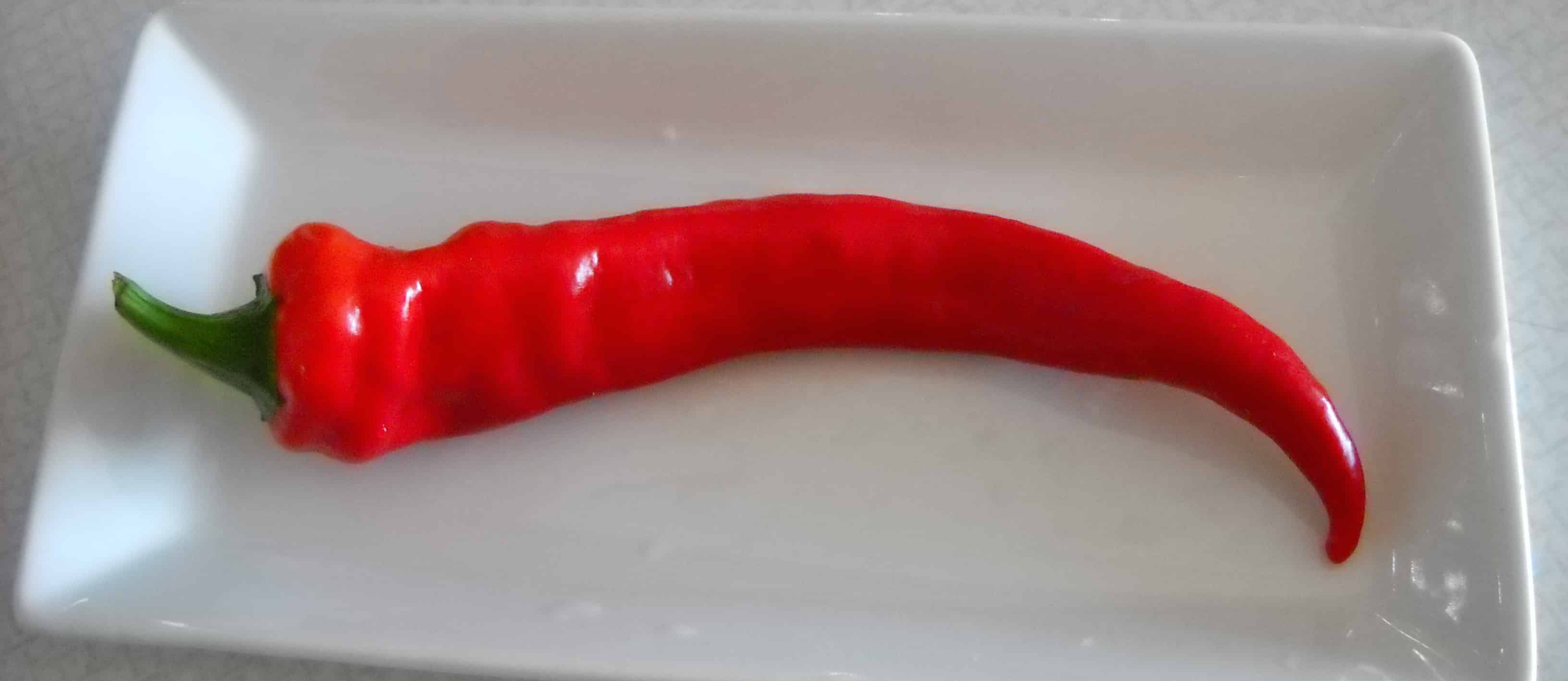Nearly 50 million Americans come down with food poisoning every year. Over a hundred thousand are hospitalized and thousands die every year just because of something they ate. If they had ordered something different on the menu or chosen something else at the grocery store, they or their loved one might be alive today. But in the vast majority of cases, food poisoning manifests itself as little more than a case of “stomach flu”—a few days of pain, vomiting, diarrhea, and then it’s gone. So what’s the big deal?
Well, as described in this recent editorial in the American Journal of Gastroenterology, in many cases, that acute infection can trigger a chronic “postinfectious functional gastrointestinal disorder” that can last for years or even forever. The two most common of which are irritable bowel syndrome and functional dyspepsia (chronic indigestion).
Up to 10% of people stricken with Salmonella, E. coli, or Campylobacter are left with irritable bowel syndrome. The thought is that the “transitory inflammation during the infection leads to subtle but permanent changes in the structure and function of the digestive system,” causing the lining of the gut to become hyper-sensitized. How do they determine if someone’s rectum is hypersensitive?
Innovative Japanese researchers developed a device to deliver “repetitive painful rectal distention.” Basically, the researchers hooked up a half-quart balloon to a fancy bicycle pump that was lubricated with olive oil, inserted it into the rectum and inflated it until the patients couldn’t stand the pain anymore. As you can see in my video, Cayenne Pepper for Irritable Bowel Syndrome and Chronic Indigestion, those with IBS had a significantly lower pain threshold, significantly less “rectal compliance.”
Healthy people felt the pain where we’d expect to feel the pain with, effectively, a balloon animal up their tush. But many with IBS also experienced abdominal pain, indicating a hypersensitivity of the entire gut wall. Well, if that’s the problem, how can we desensitize the gut?
In my video, Hot Sauce in the Nose for Cluster Headaches?, we learned about the ability of hot pepper compounds to deplete pain fibers of substance P, a neurotransmitter used for transmitting pain. It’s bad enough to have to rub hot peppers up our nose, where do we have to stick them for irritable bowel? Thankfully researchers chose the oral route.
The researchers concluded that “the chronic administration of red pepper powder in IBS patients with enteric-coated pills was significantly more effective than placebo in decreasing the intensity of abdominal pain and bloating, and was considered by the patients more effective than placebo,” suggesting a “novel way of dealing with this frequent and distressing functional disease.”
After 48 million cases of annual food poisoning, 10% may end up with IBS. Even more may end up with chronic indigestion. How do peppers work against that? We can’t use whole peppers because then we couldn’t blind a placebo, but if we give capsules of red pepper powder to folks suffering from chronic indigestion—about one and a half teaspoons a day worth—and compare that to an identical-looking sugar pill, within a month their overall symptoms improved, including their stomach pain and their feelings of being bloated. They had less nausea, too. The frequently prescribed drug, Propulsid (cisapride), worked almost as well as the red pepper powder, and was considered generally well tolerated… that is, until it killed people. Propulsid was pulled from the market after causing dozens of deaths.
I explore another natural treatment for IBS in Kiwi Fruit for Irritable Bowel Syndrome.
I’ve covered some of the long-term consequences of food poisoning in videos such as Poultry and Paralysis, Fecal Bacteria Survey, and Amnesic Seafood Poisoning. The meat industry is all over it, though: Check out my videos Viral Meat Spray and Maggot Meat Spray. Why is it legal to sell meat tainted with our leading foodborne killer? Find out in Salmonella in Chicken & Turkey: Deadly But Not Illegal and
-Michael Greger, M.D.
PS: If you haven’t yet, you can subscribe to my videos for free by clicking here and watch my full 2012 – 2015 presentations Uprooting the Leading Causes of Death, More than an Apple a Day, From Table to Able, and Food as Medicine.
